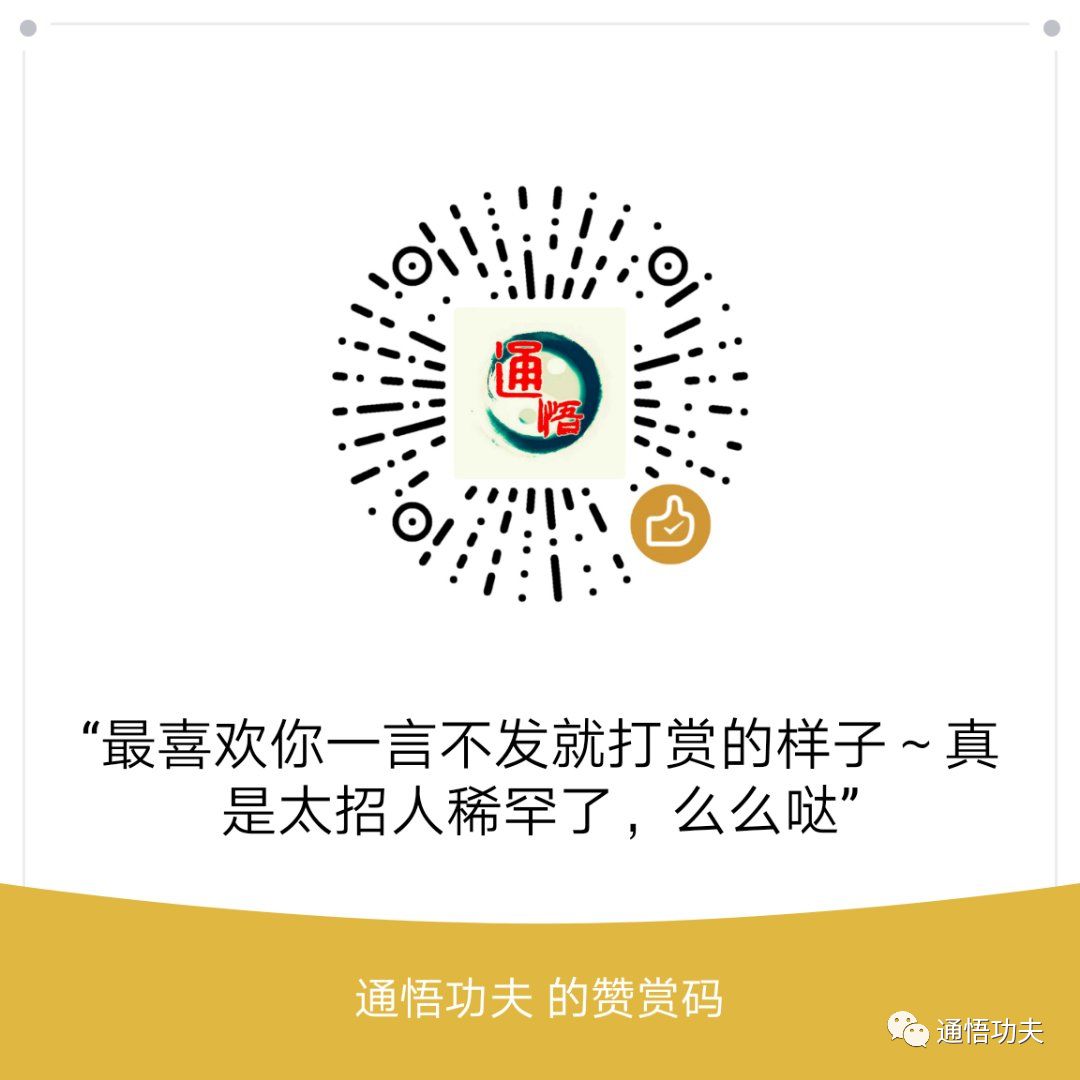
The concept of “Yin and Yang” in Tai Chi is a crucial element in the practice of Tai Chi: all movements revolve around the body’s center of gravity, continuously adjusting through flexion and extension, and the transformation of “Yin and Yang” to maintain a state of balance—true equilibrium—ensuring one remains invincible!
Many practitioners of Tai Chi or push hands often exhibit either a soft, flaccid state or a rigid, stiff posture, losing balance with the slightest movement. The key issue is a fundamental misunderstanding of how to control one’s center of gravity during Tai Chi practice, failing to achieve a clear distinction between “Yin and Yang” and thus lacking the necessary balance.
Therefore, “Yin and Yang” is the lifeblood of Tai Chi; it embodies the essence and true meaning of Tai Chi! To illustrate this, Tai Chi employs the concept of “Yin and Yang” as a reference, hence the name Tai Chi Chuan (太极拳).
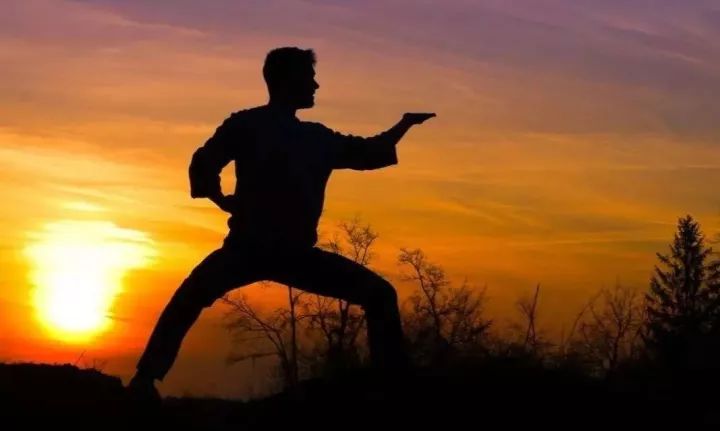
Distribution of Yin and Yang in Tai Chi

In a macro sense, Tai Chi requires a clear distinction of Yin and Yang in at least the following six pairs of symmetrical body parts:
1. Both feet; 2. Both hands;
3. Right foot and right hand; 4. Left foot and left hand;
5. Chest and abdomen; 6. Front and back.
During movement, the Yin and Yang of both feet and hands are constantly changing, but the principles of distribution must not be violated. Specifically, the lower body must distinguish between Yin and Yang, while the upper body must do the same; the left side must distinguish between Yin and Yang, and the right side must do likewise. For instance, if the right hand is Yang, then the left hand and right foot should be Yin, and the left foot should be Yang; conversely, if the left foot is Yin, then the right foot and left hand should be Yang, and the right hand should be Yin. This way, with both upper and lower, left and right having their respective Yin and Yang, one can maintain a stable posture, supporting all directions.
The distinction of Yin and Yang in the chest and abdomen primarily manifests internally, requiring the internal organs to relax and naturally descend, creating a state of “Yin in the chest and Yang in the abdomen,” referred to in Tai Chi as “Qi sinking to the Dantian” (气沉丹田); the front of the chest should be Yin while the back should be Yang, known as “hollow chest and raised back” (含胸拔背) in Tai Chi terminology. Of course, the degree of Yin and Yang in the chest and abdomen, as well as the front and back, is not constant but varies according to the demands of movement. However, this variation is different from the transformation of Yin and Yang in the feet and hands; it merely reflects a difference in degree, sometimes more pronounced, sometimes less. During exhalation and exertion, the solidity of the abdomen and back increases, while the emptiness of the chest and front also increases correspondingly. Conversely, during inhalation and energy accumulation, the situation reverses; at this time, the chest fills with air, becoming more solid, while the solidity of the abdomen and back naturally eases, but the state of “Yin in the chest and Yang in the abdomen” and “Yin in the front and Yang in the back” must not transform into “Yang in the chest and Yin in the abdomen” or “Yang in the front and Yin in the back.” A Yin chest and Yang back help maintain the center of gravity and stabilize the stance; a Yin front and Yang back help maintain the state of “Yin in the chest and Yang in the abdomen” and also facilitate the powerful strength of the back muscles. Additionally, with a Yin chest, the arms can move freely.
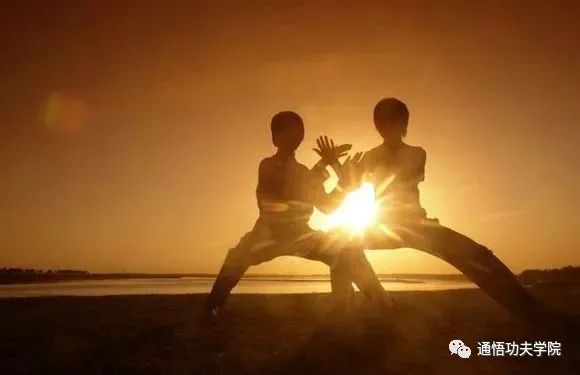
Yin within Yang and Yang within Yin

Under the macro principle of distinguishing Yin and Yang, there is also a requirement for a micro distinction of Yin and Yang. A skilled practitioner can not only distinguish Yin and Yang in both feet and hands but also within a single hand, where the forearm and upper arm have their own Yin and Yang distinctions, as do the joints such as the shoulder (root), elbow (branch), wrist, and fingers (leaves) along with their outer (Yang) and inner (Yin) sides; similarly, within a single foot, the leg, shin, and foot, as well as the hip (root), knee (branch), and toes (leaves) also have their own Yin and Yang distinctions. This applies to both solid and empty hands and feet, as well as the torso in all directions.
The deeper the skill, the finer the micro distinctions of Yin and Yang become, resulting in movements that express the concept of Yin within Yang and Yang within Yin, demonstrating endless transformations. As stated in Tai Chi texts, “Yin and Yang should be clearly distinguished; each part has its own Yin and Yang, and everywhere there is this interplay of Yin and Yang.” The Tai Chi diagram is half Yin and half Yang, forming a complete circle, with the Yin half containing both Yin and Yang, and the Yang half also containing both Yang and Yin; small Yin and Yang combine to form large Yin and Yang, and large Yin and Yang combine to form the totality of Yin and Yang, culminating in Tai Chi. Yin and Yang are indeed the essence of Yin and Yang. The state of Yin and Yang in Tai Chi movements is vividly represented by the Tai Chi diagram. The micro distinction of Yin and Yang is crucial for the flexibility of movements and the stability of stances during the application of force. Those with profound skills exhibit meticulous micro distinctions and clever applications of Yin and Yang. However, this distinction and transformation do not follow the same rules as the macro distinction of Yin and Yang, as they are influenced by specific martial applications. Especially in combat practice, where situations can change unpredictably, adapting to the rapidly changing micro distinctions of Yin and Yang is inherently complex. In reality, this skill can only be cultivated through continuous practice and intuitive understanding, leading to mastery through experience. In movement, the hands and feet are the most active, and their state of Yin and Yang significantly affects the outcome of the movements. Tai Chi texts summarize their states of Yin and Yang into twelve categories using the terms light, heavy, floating, and sinking: double light, double heavy, double floating, double sinking, half light half heavy, slightly light slightly heavy, half floating half sinking, slightly floating slightly sinking, half light slightly light, half heavy slightly heavy, half floating slightly floating, and half sinking slightly sinking. Among these, double light, double sinking, and half light half heavy are considered qualified, while the other nine are pathological. Light and floating are considered Yin, but they differ in degree; light is Yin within Yang, containing micro distinctions of Yin and Yang, thus allowing for fluid transformations; floating is excessive Yin, leading to a complete lack of strength and thus becoming ungrounded. Heavy and sinking are considered Yang, but they also differ in degree; sinking is Yang within Yin, possessing both hardness and softness; heavy is excessive Yang, leading to a complete loss of flexibility. Therefore, qualified Yin is light, not floating; qualified Yang is sinking, not heavy.
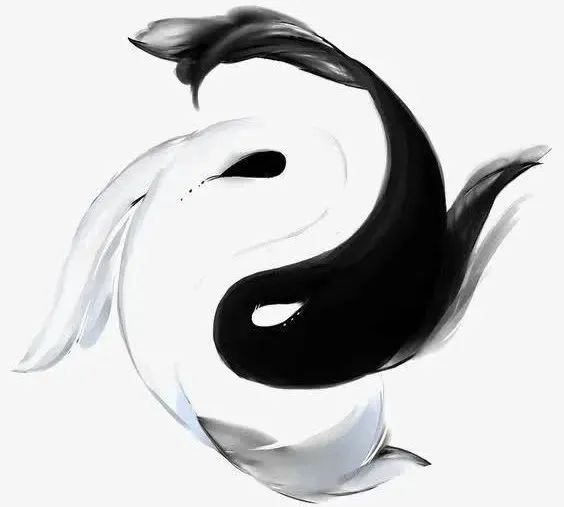
Utilizing Yin and Yang

In Tai Chi or push hands, the transformation of “Yin and Yang” within the body must occur under the unique Peng Jin (掤劲) of Tai Chi, which serves as the driving force for movement, to achieve perfection:
1. “Yin,” refers to the local parts of the body, where through internal relaxation and sinking, the inherent stiffness and heaviness are released, becoming light, soft, and gentle; within “Yin,” there still exists a substantial quality and energy that expands—this is the Peng Jin; simultaneously, it possesses a gentle transformation, waiting to be unleashed. Always prepared to transform “Yin” into “Yang” and counterattack.
2. “Yang,” refers to the parts close to the body’s center of gravity, where energy is systematically deposited into the feet during the process, reaching deep into the ground for a firm support akin to a solid rock; it is thick, resilient, and upright, providing a solid foundation. At the same time, it is accompanied by the elastic and instantaneous transformation of “Yin” energy.
3. Yin within Yang; Yang within Yin, the interplay of Yin and Yang is ever-changing! Use Yin for transformation and Yang for attack. The transformation of “Yin and Yang” creates a defense within an attack; an attack within a defense, where defense is attack; attack is defense. This is the unparalleled power and captivating charm of Tai Chi!
However, the concept of “Yin and Yang” in Tai Chi cannot adequately express the intricate and endlessly variable transformations of “Yin and Yang” in Tai Chi practice. Thus, analyzing Tai Chi’s “Yin and Yang” through the lens of “Tai Chi” is fundamentally unclear and perplexing, leading to confusion and misunderstanding, ultimately resulting in a fog of uncertainty!Further Reading: Are You a Tai Chi Master? You Can Tell by a Simple Touch!
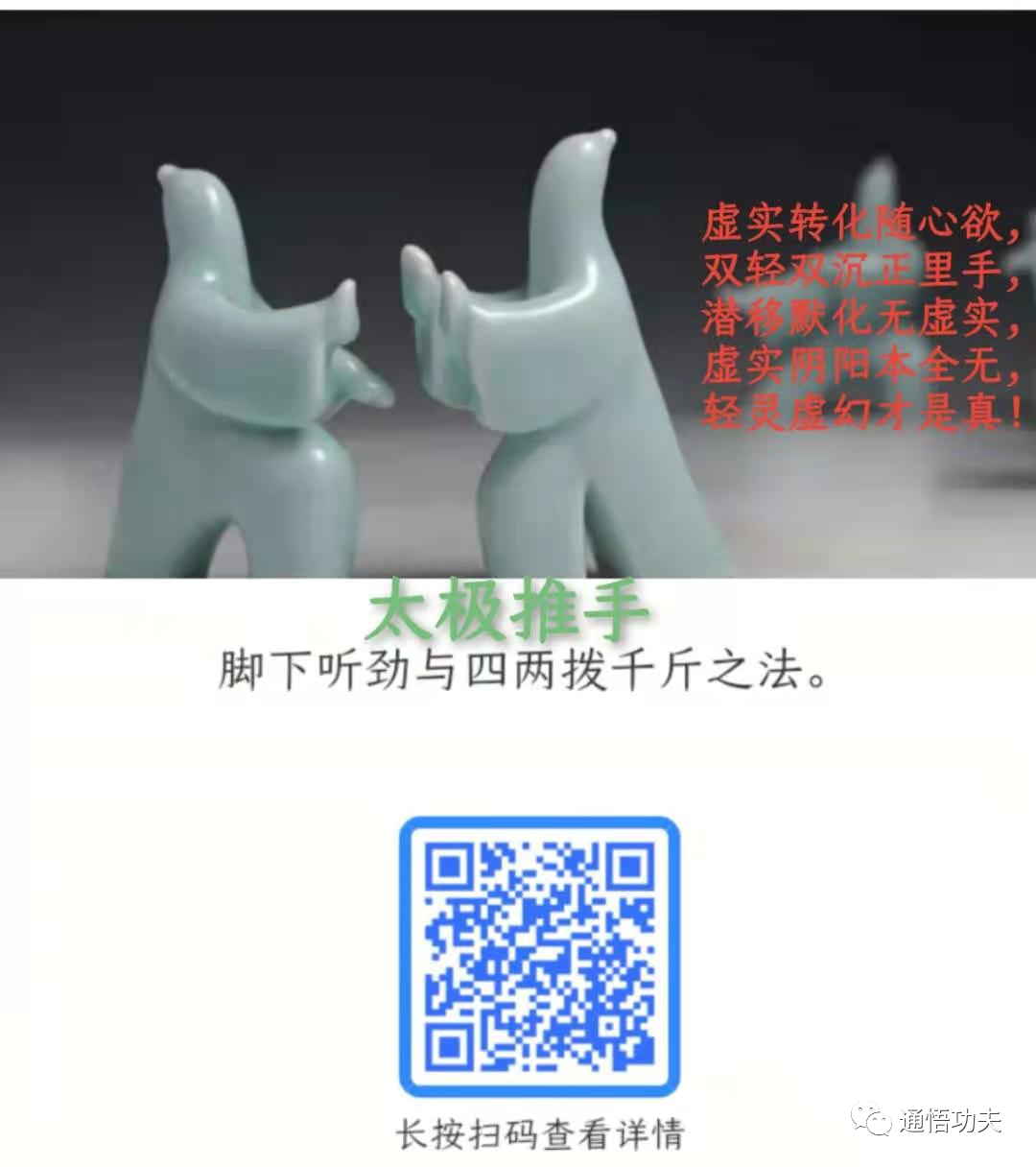
The Realm of Yin and Yang

Ultimately, the “Yin and Yang” of Tai Chi—”Yin and Yang”—is entirely dependent on the action of Peng Jin, which revolves around the center of gravity of the body through various forms of relaxation and sinking. Only by truly mastering one’s center of gravity can one achieve the highest realm: 【”Yin and Yang” transformation at will, “double light” and “double sinking” in the right hand, subtle and imperceptible without distinction of “Yin and Yang,” “Yin and Yang” are fundamentally non-existent, light and ethereal is the true essence.】 This is the highest realm of Tai Chi!
To practice Tai Chi or push hands, one must start with the “Yin and Yang”—”Yin and Yang” of Tai Chi: 1. Understanding “Yin and Yang” is the first step in recognizing Tai Chi.
2. Being able to distinguish “Yin and Yang” clearly is the threshold for entering the world of Tai Chi.
3. Achieving a clear and logical transformation of “Yin and Yang” throughout the body is what qualifies one as a Tai Chi master.
4. Effortlessly and freely achieving “double light” and “double sinking”; lightly and ethereally controlling one’s center of gravity without any distinction of “Yin and Yang” is what defines a true Tai Chi master—an authentic Tai Chi grandmaster! All of this can only be achieved through dedicated, tireless practice and deep contemplation over decades to become a true Tai Chi master.
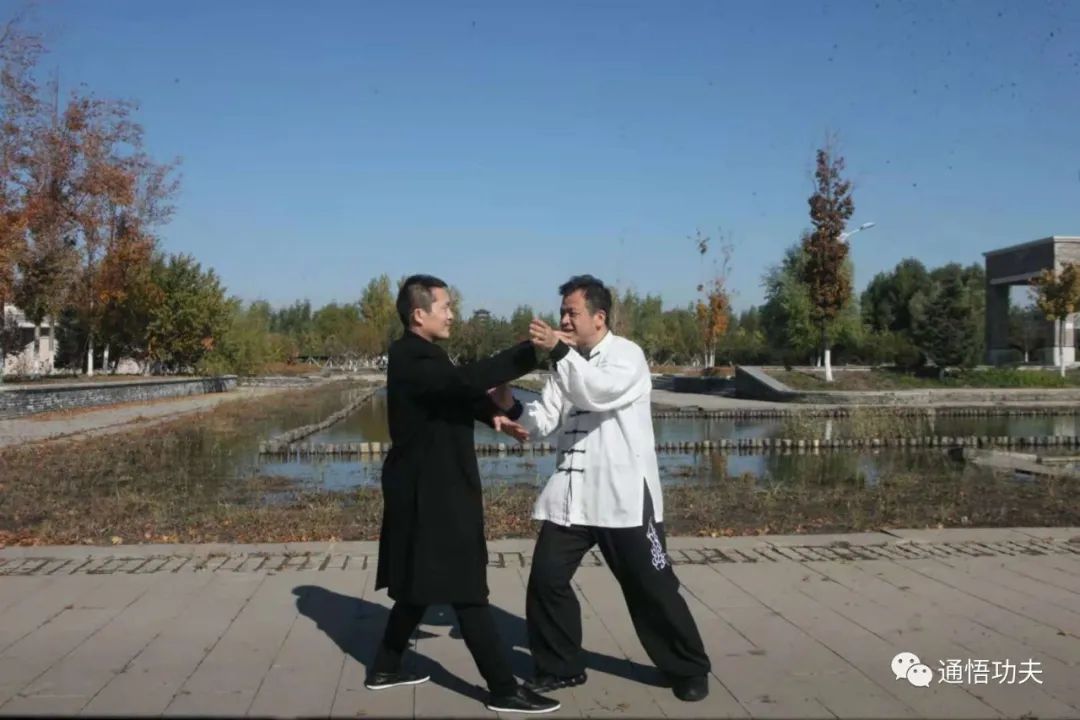
Further Reading:
Standing Post to Absorb “Sun Essence” | Greatly Increases Energy
Strong Qi and Blood Promote Meridian Flow | Balance of Organs is Most Nourishing
The Secrets of Internal Martial Arts Qi Cultivation | The Four Parts of the Tailbone
Ancient Wisdom: Sleeping at Noon, Cultivating the Yin and Yang (Storing Energy)
The Remarkable Effects of Eight Brocade Exercises | Regret Not Knowing Sooner
The Importance of the Hips, Tai Chi Practitioners Must Understand
Share with Friends, Care for More People ❤️
Martial Arts are for the Virtuous, Grateful for Your Companionship on the Path of Practice!
